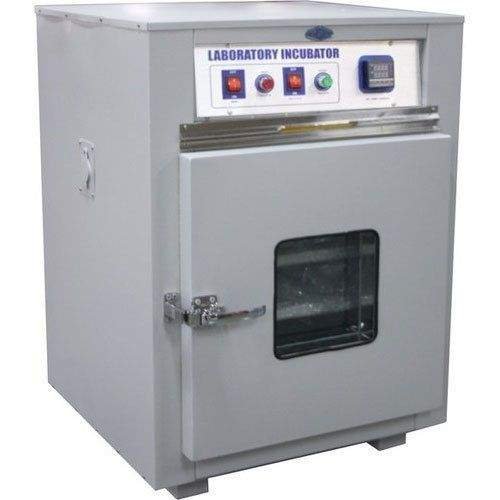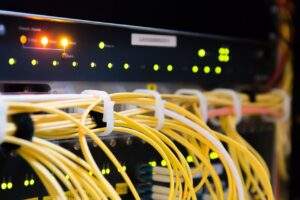HOW OFTEN SHOULD INCUBATOR BE CLEANED

There are many different CO2 incubators today, in different labs around the world. They all share some similarities. You trust your work – your cells – to your incubator. Having a well designed, properly functioning incubator means that you will never have to worry about it. In such an incubator, your cells will grow well, contamination problems are rare, and the incubator is easy to clean and maintain.
Everyone using a cell culture incubator needs to understand a few important points in order to keep any incubator working its very best. The information presented here will help you to avoid common mistakes that can result in project delays. Please note that while these recommendations are generally applicable for any CO2 incubator, we suggest that you consult your user manual to ensure you are also following the manufacturer’s best practices.
The use of long-established mutant lines in culture has shifted, and it is common to find researchers using more sensitive stem cells, primary cells and 3-D cultures in applications including vaccine and pharmaceutical production, toxicity testing, regenerative medicine, cell therapy, and in cancer, immunology and neurology models.
Better suited to mimic the in vivo environment, these cell types help researchers find answers to difficult biological questions. Understanding how external cues affect cell growth and protein expression is paramount, as cells constantly sample their surroundings, to which they react by turning such functions as transcription, translation and division off and on.
Refer to your incubator’s manual for specific model details, but you can begin with these guidelines for scheduled maintenance:
- Replace HEPA and gas inlet filters every six months to one year.
- Clean the fan and fan wheels two to three times a year.
- Check CO2 levels every month.
- Keep water pans filled, and be sure to completely replace the water every week or two.
- Check the temperature once a year with an NIST-certified thermometer.
The another processes are like-
- 1) take out all the parts of the incubator, screws included
- 2) wash all the parts with soap, also the inside of the incubator, and rinse carefully with water
- 3) spray all the parts with special anti-fungi spray, screws included (we used Biocidal ZF), take care to spray also the inner parts of the incubator that are less accessible, let dry.
- 4) spray all the parts with ethanol and let dry
- 5) place all the removable parts in a dry heat oven (that goes up to 200 C) and sterilize for at least 4 hours – plastic parts should not be included in this step
- 6) mount all the pieces back in the Shaking Incubators
- 7) fill the water bath with autoclaved water
- Check weekly if the water in the water bath looks clean. If the contamination is still detected repeat the procedure.
Cleanliness is critical for preventing contamination in cell cultures. Dust and dirt can be carried by air currents created by movement in the lab. Normal indoor room air contains 100–1000 microorganisms per cubic meter, all circulating at any given moment, and most of which come from the trillions of normal flora that live in and on the skin. This means that contaminants can enter each time the incubator door is opened. The lab should be cleaned at least once a month, including cleaning and disinfecting the biological safety cabinet, water bath, centrifuge, microscope and all corners of the lab and around equipment.






